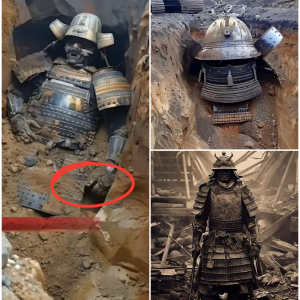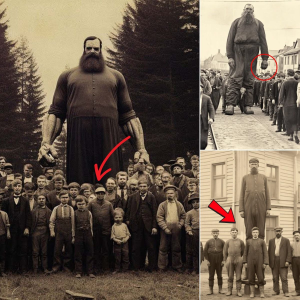The discovery has sparked an archaeological mystery, with experts unable to confirm whether the family died from plague – or were butchered by local tribesmen.

Archaeologists say the “noble” family was buried at the site in Fanagoriya, Russia around 1,500 years ago.
The adult male skeleton was found buried with riding stirrups and spurs, according to the Russian Academy of Sciences.
He was also equipped with a sword-belt, which suggests he was a mounted warrior.
And the 16-foot-deep crypt also contained valuables, indicating wealth or high status.

This ancient warrior may have been like a real-life version of Khal Drogo from Game of Thrones.
“He was a horseman, because we found riding stirrups and spurs too.
“There is also a leather harness attached to a belt, which was used to carry a sword.
“The buckles on the harness are really worn out, which means this warrior has seen a lot of fighting.
“He was unsheathing and sheathing his sword again and again.”

The long-dead warrior was also buried alongside his wife and three children.
It’s not clear how they died, but archaeologists believe they may have been killed by the plague.
Another leading theory is that they were butchered by nomadic tribesmen in the local area.
In any case, the dig site at Fanagoriya is of huge interest to archaeologists.
The site is believed to have major historical importance to Christianity, and has produced a number of rare artefacts.

“This year we have discovered very accurate and strong evidence that Christianity was founded in Fanagoriya in the fifth century, which is a marble tabletop, which could be used as an altar in a church,” said Aleksei.
“We have discovered a marble baptistery for infants or probably for toddlers as well. It is not very big, nevertheless it is massive and made from marble.
“One of our underwater expeditions discovered a ship some time ago, which was sunk following the uprising in Fanagoriya against Mithridates VI of Pontus which occurred exactly in 62 BC.





